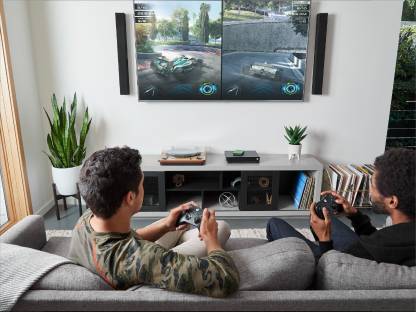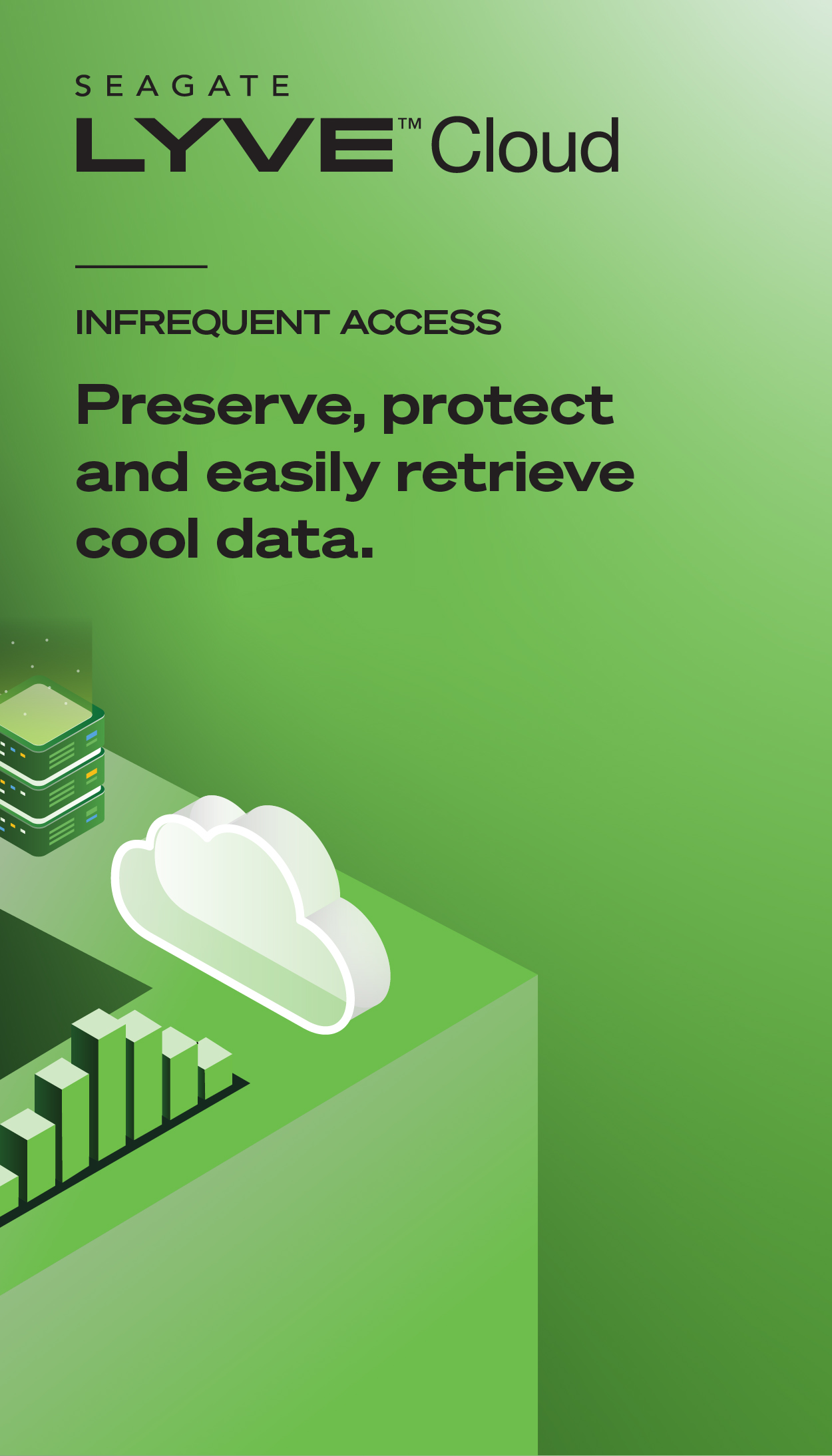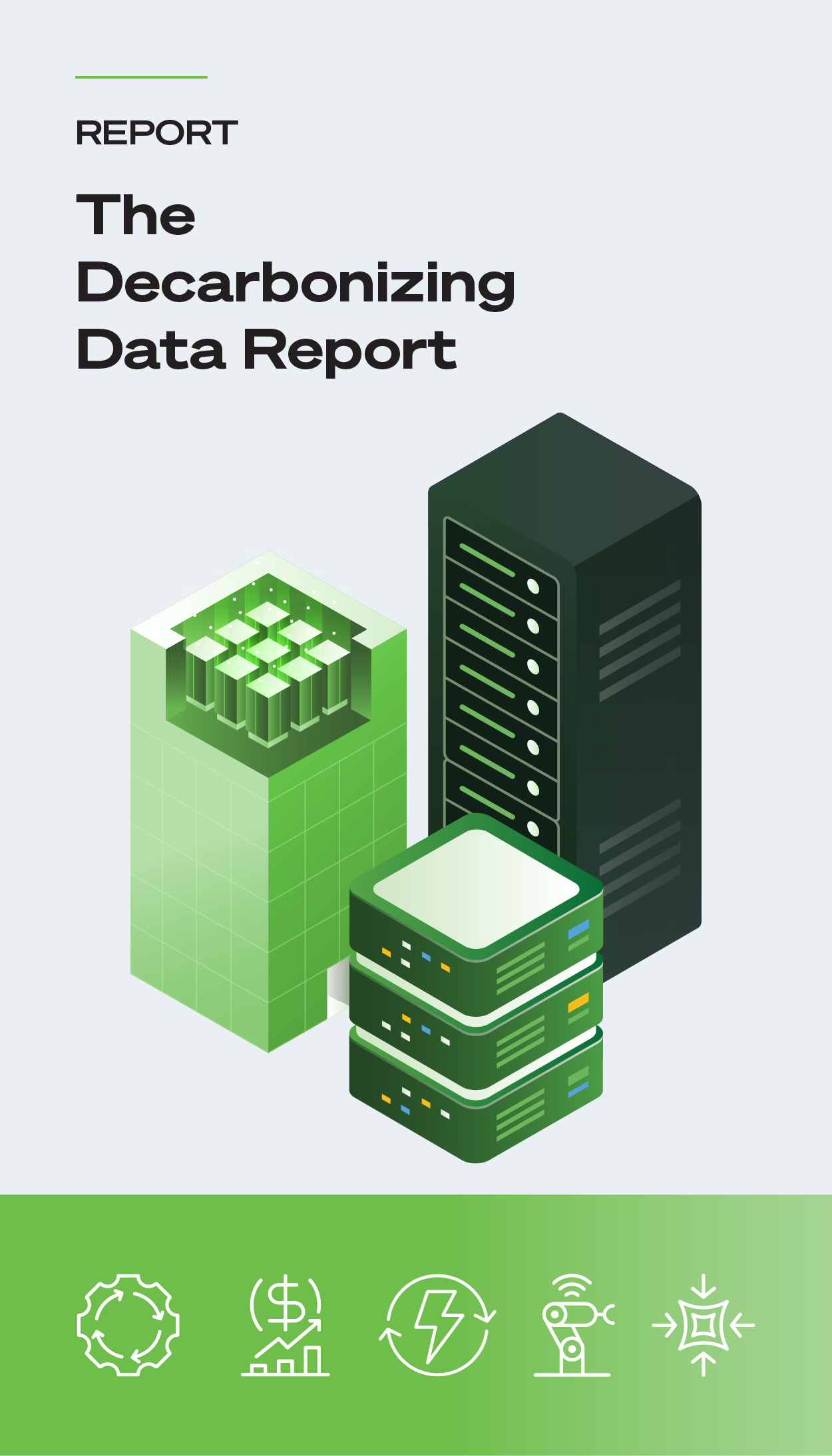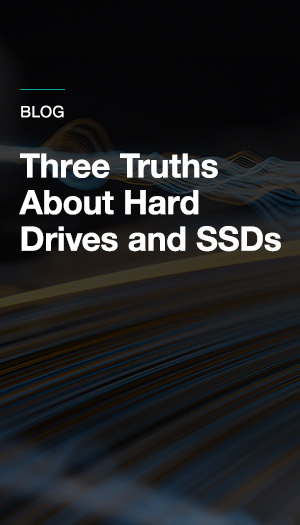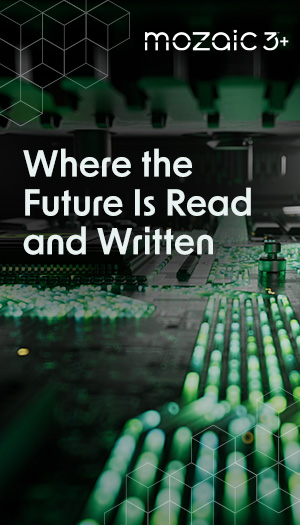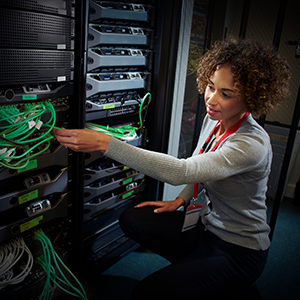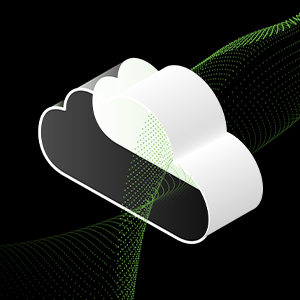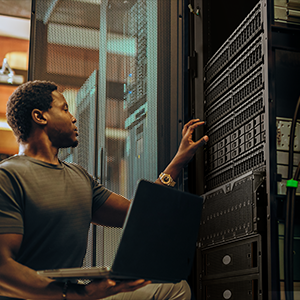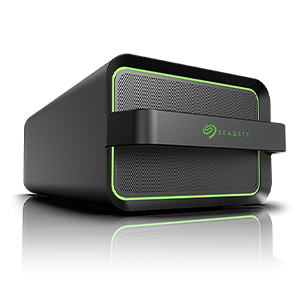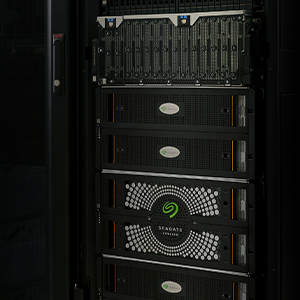Drive Not Detected at Setup:
Drive is not Detected Anymore:
Network Path Not Found:
Slow Performance:
iTunes Troubleshooting:
Drive Not Detected at Setup:
Top of the page:
|
In the event that you are trying to set up the Seagate Central and are unable to find it on the network, Seagate recommends that you take a look at these troubleshooting steps. Step 1: LED status The Seagate Central takes about 3-4 minutes to fully boot. During the boot sequence, the LED on top of the drive will blink a few different colors and patterns, including amber and red. After 3-4 minutes, the light should settle down to a solid green. Seagate recommends waiting a good 7-10 minutes just in case. In the event that you get:
Step 2: The Seagate Central gets a solid green light but is not seen on the network When the Seagate Central gets a solid green light on top of the unit, that means it sees itself as ready and joined on the network. There are a few things to keep in mind when the drive is not detected on the network as it should:
Step 3: The router sees the drive, but the computer does not If your Seagate Central has a solid green light on top and is seen in your router, but your computer does not see the drive, try pinging the drive. You will need the Central's host name to ping the drive. The host name will be Seagate-****** (the ****** will be the last 6 digits of the MAC address, which you can find on the Seagate Central's label, the same label that also contains the serial number of your drive). To try to ping the drive on:
Step 4: Try a direct connect At this point, the drive still has detection issues while connected to your router. The next step is to bypass the router altogether and see if we can see the drive while it's connected directly to your computer. First, unplug the Central from power and unplug the Ethernet cable from your router. Then, power your computer down. Connect the Ethernet cable so it connects your Seagate Central to your computer's Ethernet port. Then, power your computer back on and reconnect the Central's power. Note: If your computer has a Wireless connection, disable it for the time being. After both your computer and the Central have powered on, check the network status on your computer to see if you can detect the Seagate Central. On a Windows computer, check on theNetwork to see if Seagate Central shows up. On a Mac computer, check in Finder under Shared. If the drive is detected when connected to the computer directly, open up the Public folder inside the Seagate Central and click on the "Manage the Seagate Central" link. This will open the setup page and you can set up the Seagate Central from here. Once you have set up the drive, power it back off by unplugging power, and reconnect it back to your router. Reconnect your computer to the network as well and try to access the drive on the network again. At this point, we determined the drive is working as it was detected on your computer. If putting the drive back on the router makes the drive undetectable again, you may have some network issues. If this is the case, Seagate recommends you contact your computer or router manufacturer for help. If the drive is still not detected properly when connected directly to your computer, please contact Seagate Support. Step 5: The Seagate Central reports an IP address When you ping the drive from your computer and get a response in the form of an IP address, that means your computer is able to see the drive on the network and they are able to communicate with each other. With the IP address you have noted on hand, open a web browser and put the IP address in the address bar of the browser. For example: 192.168.1.110. Then press Enter. This should open up the setup page for the Seagate Central. If the setup page opened properly, fill out the form to create your account. Your drive should be ready for use after that. If you are entering the IP address properly but the page fails to load, please contact Seagate Support. |
Drive is not Detected Anymore:
Top of the page:
This is a troubleshooting aid in the event that the Seagate Central used to work properly, but is now no longer detected on the network.
Step 1: Verify with other devices
If your computer stopped seeing the drive, check other devices on your network to make sure your computer can still communicate with them. Check other computers, mobile devices such as tablets and phones, or DLNA-supported devices such as SMART TV's or BLU-RAY players.
If everything else sees the drive properly and is able to access it, reboot your computer. If it still does not see the drive properly, check your connections and make sure the computer is still part of the same network as the Seagate Central. Since something else is able to access the drive properly, the drive is still working. The issue is related to your computer or your network.
If all of your devices stopped seeing the Seagate Central at the same time, move on to step 2.
Step 2: LED status and cabling
Check and make sure all the cables are still firmly plugged in. This includes the Ethernet cable at both extremities and the power supply at both extremities. Once you are positive all cables are firmly plugged in, check the LED on top of the drive. If you see:
- No lights at all: Try connecting the power supply in a different outlet. You can also try another power supply, as long as you have one with the same specifications. The power supply that comes with the Seagate Central has an output of 12V 2A. If you still get no lights, please move on to step 5.
- No lights on the Central's NIC: Make sure you are connected into a LAN port on your router. If the NIC lights still don't illuminate, try powering down the Central by unplugging the power supply, then connect the drive into a different Ethernet port on your computer and power the Central back up. If you still don't get any lights on the NIC, try using a different Ethernet cable. If you still cannot see lights on the NIC, please move on to step 5.
- A blinking green light on top of the Central: The Seagate Central is still trying to boot up. Make sure you give the drive 7-10 minutes just in case. Some routers take longer to assign an IP address than others. If the drive still only blinks green, try powering down the Seagate Central by unplugging the power supply, then try connecting the Ethernet cable into a different LAN port on the router, then power the drive back up. If you still only get a blinking green light, try powering the drive back off and use a different Ethernet cable, then power the drive back on. If you still only get a blinking green light on top of the Central, please move on to step 5.
- A solid amber light: Make sure you give the drive enough time to boot. There will be a brief solid amber light as part of the boot process. Give the drive a good 7-10 minutes. If you still have a solid amber light after that, try powering the drive off by unplugging the power supply. Once the drive is off, unplug the Ethernet cable and wait about 2 minutes before replugging everything.
If after 7-10 minutes you still have an amber light, try powering off again, plugging the cables into a different LAN port on the router for the Ethernet cable, and a different outlet for the power supply. If you have a different Ethernet cable to try, try it. If you have a different power supply with output specs of 12V 2A, try it as well. If you still get a solid amber light, please move on to step 5. - A solid green light but the drive is still not detected: Move on to step 3.
When the Seagate Central gets a solid green light on top of the unit, that means it sees itself as ready and joined on the network. There are a few things to keep in mind when the drive is not detected on the network as it should be:
- Make sure the Central is connected to the same network as your computer(s): If you are using more than one router, make sure the drive is connected to the same router as the computer you are using. Using the Seagate Central across different networks is not supported. Even with just one router, you can still have more than one network. Make sure that your computer, for example, is not connected to the Guest network. This would prevent you from seeing or accessing the drive properly.
- Check your router's administrator page to see if it detects the Seagate Central: Most routers have a list of attached devices (often called DHCP tables). You can access your router's administrator page to find that list and see if the Seagate Central is listed among the list of attached devices. If it is not, power down the Seagate Central by unplugging the power supply and unplug the Ethernet cable as well. Then, reboot your router. Most routers don't have a power button, so you may have to unplug the power supply on it. Wait about 30 seconds, then replug/reboot the router. Once your router is fully rebooted, reconnect the Seagate Central's Ethernet and power cables. Wait until the Seagate Central has a solid green light on top, then check your router's administrator page again to see if the Seagate Central is seen in there.
Step 4: The router sees the drive, but the computer does not
If your Seagate Central has a solid green light on top and is seen in your router, but your computer does not see the drive, try pinging the drive. You will need the Central's host name to ping the drive. The host name will be Seagate-****** (the ****** will be the last 6 digits of the MAC address, which you can find on the Seagate Central's label, the same label that also contains the serial number of your drive). To try to ping the drive on:
- A Windows computer: Open the Start menu and select Run. In the Run window, type cmd and press Enter. The command prompt window will open. In the command prompt, typeping seagate-****** (use your host name that you checked before, example: seagate-123456) and press Enter. The computer should reply with an IP address for the Seagate Central.
- A Mac computer: On OSX 10.9, Go to Go at the top of your screen in Finder, then Utilities. In Utilities, open System Information. This will be the menu that's opened at the top of the screen. Now, select Window and Network Utility. On previous versions of the MacOS, click on Go, then go to Utilities and select Network Utility from that menu. Once inNetwork Utility, select the Ping tab. In the field, type seagate-******.local (use the host name you noted earlier. Example: seagate-123456.local) and click on Ping. This should reply with the IP address for the Seagate Central.
Step 5: Try a direct connect
At this point, the drive still has detection issues while connected to your router. The next step is to bypass the router altogether and see if we can see the drive while it's connected directly to your computer. First, unplug the Central from power and unplug the Ethernet cable from your router. Then, power your computer down. Connect the Ethernet cable so it connects your Seagate Central to your computer's Ethernet port. Then, power your computer back on and reconnect the Central's power. Note: If your computer has a Wireless connection, disconnect it for the time being.
After both your computer and the Central have powered on, check the network status on your computer to see if you can detect the Seagate Central. On a Windows computer, check on theNetwork to see if Seagate Central shows up. On a Mac computer, check in Finder under Shared.
If the drive is detected when connected to the computer directly, check to see if you can access it properly. Try to open some of your files and see if they will open/play. If you successfully got to your files that way, power the Seagate Central back off by unplugging power, and reconnect it back to your router. Reconnect your computer to the network as well and try to access the drive on the network again. At this point, we determined the drive is working as it was detected on your computer. If putting the drive back on the router makes the drive undetectable again, you may have some network issues. If this is the case, Seagate recommends you contact your computer or router manufacturer for help.
If the drive is still not detected properly when connected directly to your computer, please contact Seagate Support.
Step 6: The Seagate Central reports an IP address, but is still not seen on the network
When you ping the drive from your computer and get a response in the form of an IP address, that means your computer is able to see the drive on the network and they are able to communicate with each other.
From your computer, open up a web browser of your choice and insert the IP address you noted into the address bar, then press Enter. You should be redirected to the web UI (User Interface) of the Seagate Central. If you are not, contact Seagate Support.
If you are redirected to the web UI (User Interface) of your drive, then we will try to manually connect to the drive. To do so on:
- A Windows computer: Open a Run box from the Start menu. On a Windows 8 computer, navigate to your Tiles menu instead and start typing. Type \\ipaddress you noted down and press Enter. This should either redirect you into your Seagate Central, or ask you for your Seagate Central's user name and password. Once logged in, make sure you can access files properly.
- A Mac computer: Make sure you have Finder as your opened menu. Then, at the top of the screen, click on Go, and then Connect to Server. In the field, type cifs://ip address you noted and click on Connect. You should be prompted for a user name and password. In this window, your Mac will auto-populate the user name field with your Mac's user name, which is wrong. Make sure you change this to your Seagate Central's user name and password and then click on Connect. You will then be asked to choose which share you want to mount. Once a share is mounted, make sure you can access your data.
If you are still unable to connect to the drive even when attempting to connect manually, please contact Seagate Support.
Network Path Not Found:
Top of the page:
|
These are some troubleshooting steps you can follow in the event your computer gives you a Network Path not Found error when trying to connect to the Seagate Central. Note: This error is Windows specific. An attempt to map a share from the Seagate Central to a Windows computer may result in a "Network Path not Found" error. This is a very general error message returned by Windows when a networking component is malfunctioning. Here are some troubleshooting steps in Windows Vista/7/8+. Please try these steps one by one and retry the mapping action after each step taken:
|
Top of the page:
In some cases, you may experience performance issues with your Seagate Central. These issues can come in the form of choppiness in video, slower than usual transfer speeds, or drop-offs from the network. Here are a few things to check when the Seagate Central exhibits some of those symptoms:
Choppiness during video streaming:
- Make sure the issue is not with the file itself: The best way to test this is to either attempt to stream the file from a different DLNA supported device, or to download the file directly to your computer and attempt to play it from there.
- Make sure your network components are up to date: Your network will be limited to the speed of the slowest component in the system. Make sure you are using a gigabit router/switch. Make sure the firmware is up to date on your router. Ethernet cables should be at least cat5e or cat6 for best performance. Make sure the device streaming the videos is also capable of processing those speeds.
- Try a smaller file or one with a smaller frame rate: Very large files or very intensive files can bog down the network in some cases. Try a smaller file or one that is not converted with as high a frame rate to see if the choppiness continues.
Slow performance in general:
- Connect your computer or media device with an Ethernet cable: If your computer or media device is connected to your network via a Wireless connection, try disabling it and set up a direct connection to the router using an Ethernet cable instead. Some speed issues can be due to a poor wireless signal or by a wireless bottleneck on your network.
- Make sure your network components are up to date: Your network will be limited to the speed of the slowest component in the system. Make sure you are using a gigabit router/switch. Make sure the firmware is up to date on your router. Ethernet cables should be at least cat5e or cat6 for best performance. Make sure the device streaming the videos is also capable of processing those speeds.
- Update firmware: As mentioned in the previous point, make sure your router's firmware is up to date. Also, make sure the Seagate Central's firmware is up to date as well. To update firmware on the Seagate Central, access the Public folder and click on the Manage Seagate Central link. Log in the web UI and go to Settings. In there, on the left-hand side, click on Advanced and then Firmware Update. Click the button on the right-hand side to see if there are any updates and apply any that the Seagate Central finds.
- Make sure you have enough bandwidth: If any other device is currently transferring files to or from the Seagate Central, you might experience some slowness. Try to eliminate other network traffic as much as possible.
The Seagate Central drops offline:
- Verify cabling on the network: Make sure everything on the network is connected properly. Check connections both on the router and on your Seagate Central. Make sure everything is connected properly, and make sure there is not a damaged cable. If you are unsure, replace cables with a known good one.
- Verify if other devices drop offline: Whenever you experience the Seagate Central dropping offline, check to see if other devices you own get dropped off the network. If other devices drop (you cannot see them on the network, internet access drops, etc.), try rebooting your router. If only the Seagate Central seems to drop offline, try to do a direct connection to your computer.
- Try a direct connection to your computer: The best way to determine if the drop off issues have to do with the drive or the network is to isolate the drive from your network. You can do this by connecting the Seagate Central directly to the Ethernet port of your computer. To do so, disconnect the Seagate Central from the router. Once it's powered off, turn your computer off as well. Connect the drive directly to the computer's Ethernet port and plug in the Seagate Central's power supply. While the drive is booting up, start your computer again. Note: If your computer has a Wireless connection, it is preferable to disable during this process. Once everything is booted up properly, you should be able to either see the Seagate Central drive on your network (Windows computer) or under Finder and Shared (Mac computer).
iTunes Troubleshooting:
Top of the page:
This article is a quick help guide in case your Seagate Central is not working properly with iTunes.
First, make sure the Seagate Central is configured to work properly with iTunes. To do so:
- Access the Seagate Central's web UI (User Interface). To get there, open up the Public folder and click on the Manage the Seagate Central link. Log in when prompted.
- Click on the Services tab.
- Click on the iTunes service on the left-hand side and make sure there is a check mark in the Enable box on the right. This means the Seagate Central is set for use with iTunes.
Note: If the box is already checked, try disabling the service as a troubleshooting step, then click on done. Then, enable the service again and click on done. Then, click on the Re-scan button. This will make the Seagate Central re-index your iTunes content.
If the Seagate Central is not detected in the left sidebar of iTunes, try the following:
- Open iTunes and select Edit, then Preferences.
- Under the General tab, confirm that the Shared Libraries option is checked, then click OK.
- Power off your computer and power off the Seagate Central.
- Wait about one minute.
- Power the computer and the Seagate Central back on.
- Re-Launch iTunes and try accessing the drive again.

